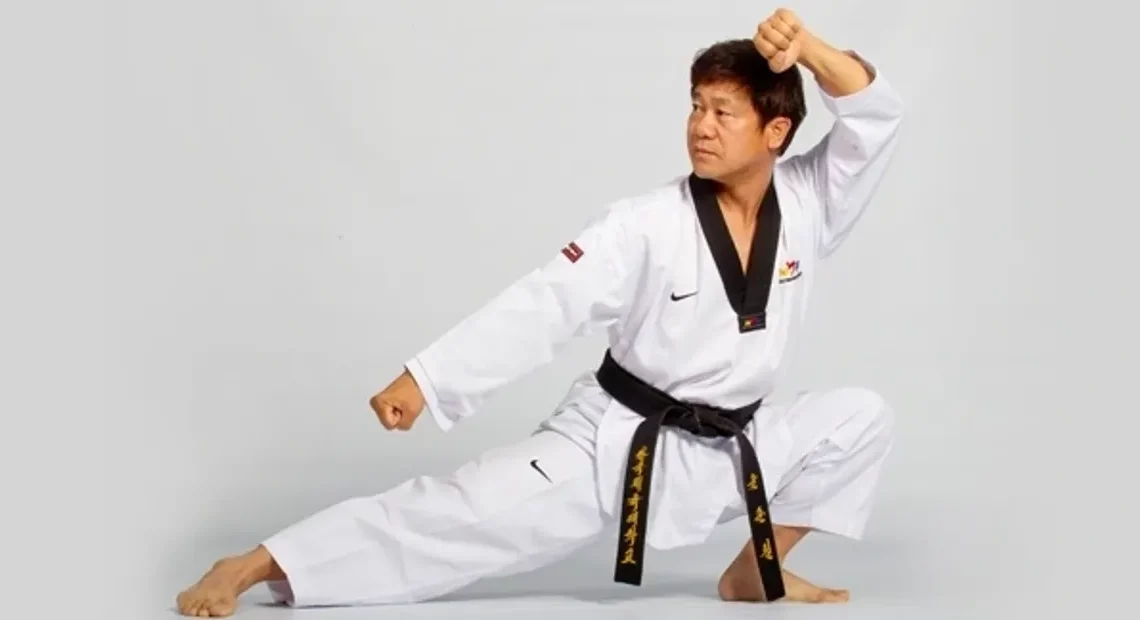How to Master Martial Arts

Whatever martial art you choose to master, you will be dedicating your time to a noble discipline, often with a long and rich tradition, that will engage both your body and your mind. Mastering martial arts requires time, patience and practice, but as you learn, you will become more mature, your body will become lean, fit and strong, and your confidence will grow.
Step 1: Choosing a Martial Art
First, you need to choose a martial art that you want to master. Each has its philosophy that is reflected in its training style. For example, judo means gentle (ju) way (do) and it was developed in Japan as a physical and moral pedagogy. It is built around the concept of jū yoku gō o seisu (softness controls hardness). Thus, the style of judo consists of using the opponent’s force to put them off balance, allowing for weaker competitors to defeat much stronger ones. On the other hand, aikido embodies the principle of aiki, “joining energy”. Thus, this martial art avoids direct clashes of force and focuses instead on joining forces with the opponent in order to overcome them.
Thus, if you want to master an Asian martial art, it is a good idea to study and understand the philosophy and values behind it. These martial arts often stress harmony between mind and body. Here, developing the right mindset is equally important as physical mastery.
If you want to learn a martial art that you can use for self-defense and are more interested in practical application than in spiritual aspect of martial arts, consider Krav Maga, Brazilian jiu-jitsu and Muay Thai. They offer plenty of moves that you can use in real danger to defend yourself from attacks.
Step 2: Find a Teacher
After choosing a martial art, the next step is to enroll in a school for your chosen martial art and attend classes regularly. You will progress much faster with the instructor and in a supportive group of fellow students than you could on your own.
If it is not possible for you to find a teacher, e.g. because there is no martial arts school where you live, there are numerous online courses that can help you teach yourself. This will be much easier if you find a training partner. However, it is possible to practice even without a partner by using the technique of visualizing your opponent.
Step 3: Regular Workout
If you really want improvement, you will need a regular workout. Martial arts engage your entire body and you should do cardio, stretching exercises for flexibility, and exercises that strengthen the primary muscles for your fighting style. In addition, use cross-training to make your whole body stronger. Body is a unified whole and all parts should work in concert in order to perform successfully.
Also, like in any sports, a well-balanced diet is crucial to success. Take enough fruit, vegetables, protein, and carbohydrates every day.
Be patient and diligent in learning the basics because these are the foundations for all the more complex moves. Keep in mind that it takes years to truly become a master. To take judo as an example once more, you will need to pass several student levels before being eligible for the black belt. But the journey doesn’t end there because there are more than 10 grades for black belt fighters, and only a few achieve complete mastery.




